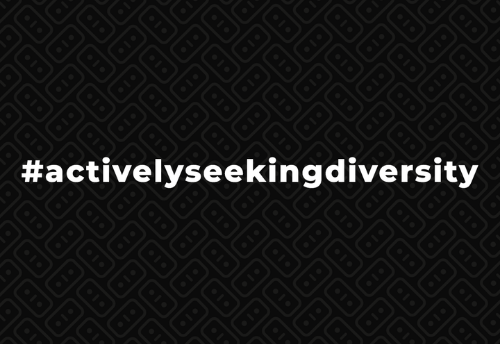What’s The Difference Between Organic Versus Paid Reach? — ASMM Digital Marketing
When you are measuring the success of any given post on social media, you might notice that you are given numbers for your organic reach and your paid reach, as well as the number of what are known as impressions — so what’s the difference between all these numbers?
Organic Vs. Paid Reach
Organic reach is the number of people who have seen your post because it popped up in their feed (for one of several reasons we’ll go into later). These aren’t people who saw your post because you paid to boost its exposure.
On the other hand, paid reach is the people who saw your post because you paid money for it to show up in more feeds.
Finally, impressions are the number of times your post was seen overall, including if the same person saw your post multiple times.
Which is better?
There are two thought processes you might have in your approach to reaches and impressions. “Why would I pay to boost a post when I know lots of people are going to see it and love it anyway?” some people ask themselves, while others will be thinking, “Well, I’m going to boost the heck out of this post so that it gets every last bit of recognition and interaction it deserves!”
The Big Picture
The problem with both of these reactions is that neither one really takes into account the big picture. To understand why, let’s look at the nuances of the difference between organic reach and paid reach.
Organic reach can be broken down into two different types: viral and nonviral. Nonviral organic reach means that a post shows up in a person’s newsfeed because they’re following your page. This person is a fan of your brand, they have made the conscious decision of liking your page because they want to see your content, and your post is shown to them when they open up whichever social media platform you posted it to.
This is the hardest and rarest type of reach to achieve, but one way to increase your nonviral organic reach is to post good content consistently. That’s because if someone is interacting with your content frequently, the algorithms are more likely to push your content into their feed.
On the other hand, there’s viral organic reach, which is the number of people who see your post because it went viral. In other words, it’s getting a lot of likes, comments, and shares. When somebody interacts with a post from a public profile or page on Facebook, all of their friends or followers can see that — and your post makes its way into the feeds of all their friends. You’ve probably logged onto Facebook before to see “John Doe commented on this…,” right? You’re now counted among the people who have seen that post and are therefore included in that post’s organic reach.
Viral and nonviral organic reach is why the number of impressions is sometimes higher than even the number of total reach. Let’s say you log onto Facebook on Monday and see a post from one of your favorite brands. You’re now included in the number of the total reach. But then throughout the rest of the week, the post goes viral. It starts showing up in your newsfeed again and again because all your friends are commenting on it or sharing it. Each time you see it counts as another impression, even though the post isn’t necessarily reaching anyone new.
Here’s where things get tricky.
Social media platforms, most notably Facebook, have been making it harder for brand pages from businesses to get exposure on social media. This is because Facebook states it is trying to give its users more of the content they want when they log on — and most people are logging onto Facebook to find out what their friends and family are up to, not necessarily what their favorite businesses are up to.
This is why even the best social media content may need a paid boost from time to time. It’s usually pretty inexpensive, and you can opt to spend as little as $5 for a one-day boost.
Twitter tends to be a little different from Facebook and Instagram in that Twitter requires a $50 minimum to boost content. When you opt to boost a post, you can choose the demographics, such as the age, gender, location, and interests of the people you want to see your post. This will ensure you’re getting into the feeds of people who are more likely to care about what you’re sharing.
But this is where it’s important that your promoted posts are still as good as posts that are getting exposure organically — because even if you pay for your post to show up in thousands of newsfeeds, it won’t do you any good if those thousands of users don’t pay attention to it. On the other hand, if you have a stellar post that people want to engage with, all of a sudden those thousands of people included in your paid reach have just made the post viral. Your promotion could then push your post from thousands of paid reaches to tens of thousands or even hundreds of thousands of organic reach.
In general, remember that you’re competing with countless other brands and Facebook users for space in people’s newsfeeds. Aim for more exposure on all your content over time, not simply on having just one post that is wildly successful. This consistent building of a following, not aiming for any one-hit wonder, is what makes a strong brand on social media.
Want to determine how you can get the most exposure for your social media posts? Connect with Ann’s Social Media & Marketing today by calling 443-679-4916 or emailing [email protected] or video ASMMDigital.com
This content was originally published here.

